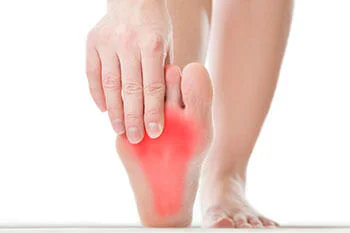Table of Contents
Introduction
New parents experience a mix of excitement and nervousness as they welcome their baby. They diligently observe their child’s movements to monitor developmental progress. One crucial aspect of this assessment is the Babinski reflex, also known as the plantar reflex, which doctors use to evaluate a baby’s neurological development. These reflexes are spontaneous responses triggered by touch or loud sounds, which play a vital role in a baby’s survival. When the baby’s foot is stroked from heel to toe, the Babinski reflex causes the big toe to flex upward while the other toes fan out. This response indicates effective communication between the brain and spinal cord. Unlike other newborn reflexes, the Babinski reflex persists longer, typically vanishing between six months to one or two years of age. If you are a new parent and would like to learn more about the significance of your baby’s feet, it is suggested that you make an appointment with a podiatrist who can educate you and answer any questions you might have.
The health of a child’s feet is vital to their overall well-being. If you have any questions regarding foot health, contact one of our podiatrists of Integrative Foot & Ankle Centers of Washington. Our doctors can provide the care you need to keep you pain-free and on your feet.
Tips for Keeping Children's Feet Healthy
- Make sure their shoes fit properly
- Look for any signs of in-toeing or out-toeing
- Check to see if they have Clubfoot (condition that affects your child’s foot and ankle, twisting the heel and toes inward) which is one of the most common nonmajor birth defects.
- Lightly cover your baby’s feet (Tight covers may keep your baby from moving their feet freely, and could prevent normal development)
- Allow your toddler to go shoeless (Shoes can be restricting for a young child’s foot)
- Cut toenails straight across to avoid ingrown toenails
- Keep your child’s foot clean and dry
- Cover cuts and scrapes. Wash any scratches with soap and water and cover them with a bandage until they’ve healed.


